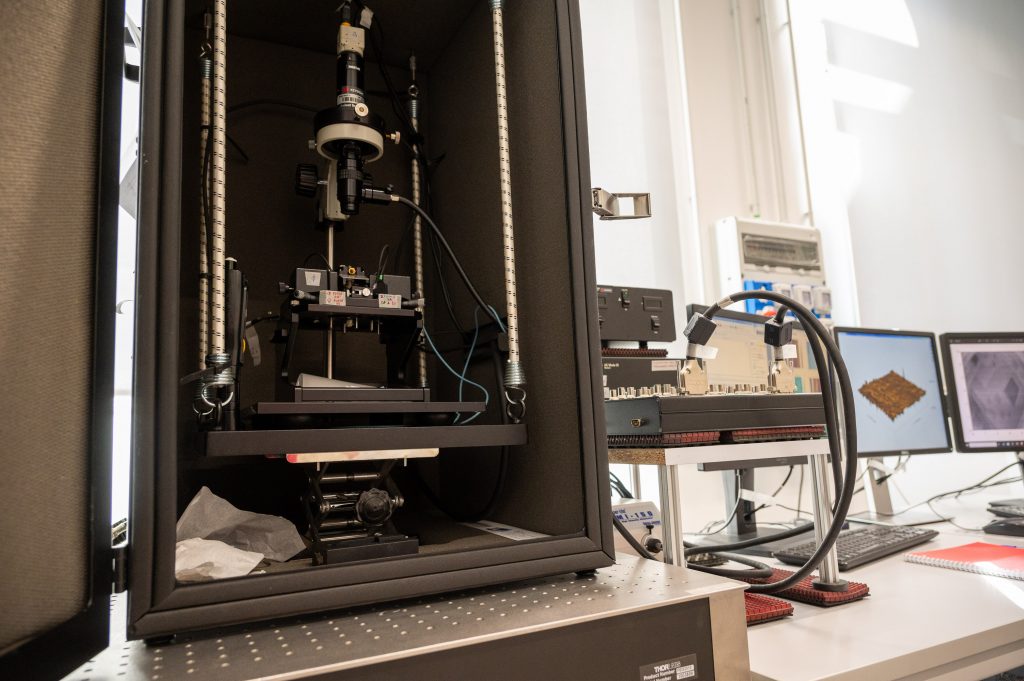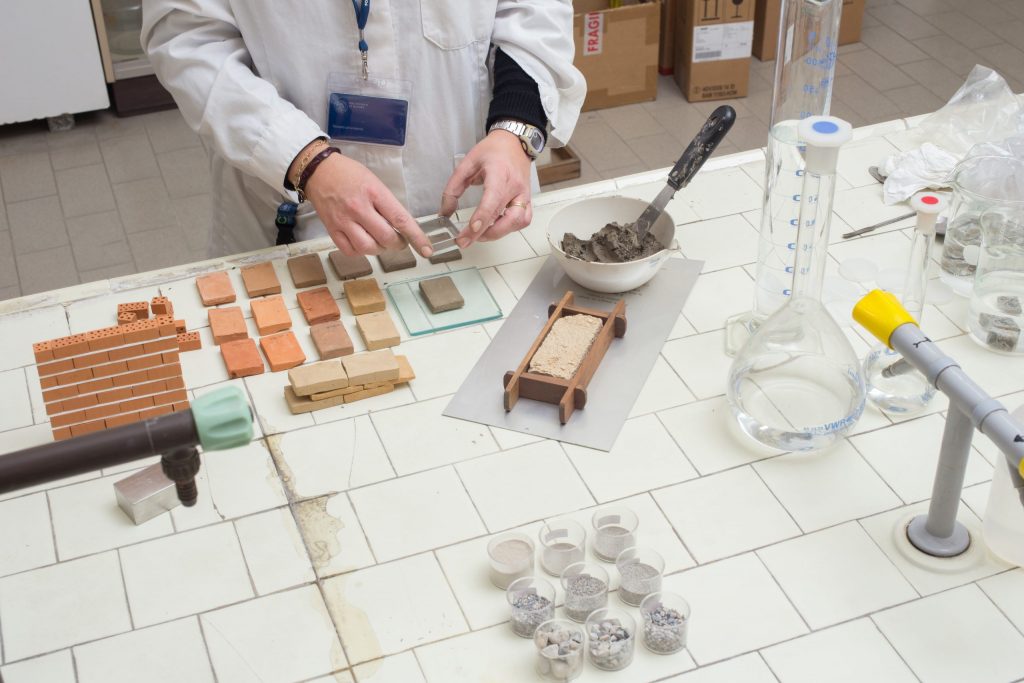Earth, water, mountains, roads and tracks, the forces that nature stirs and those that man brings into play, seem to take shape as you walk through the 4000m2 of the Leonardo Campus, where the research laboratories of DICA (Department of Civil and Environmental Engineering) of Politecnico di Milano have been relocated after having been upgraded. They are one next door the other: the Environmental Engineering Laboratory, the Laboratory for Diagnostics and Investigation on Building Materials, the interdepartmental Solid-liquid Interface Nanomicroscopy and Spectroscopy Lab and the Petrographic Collection.

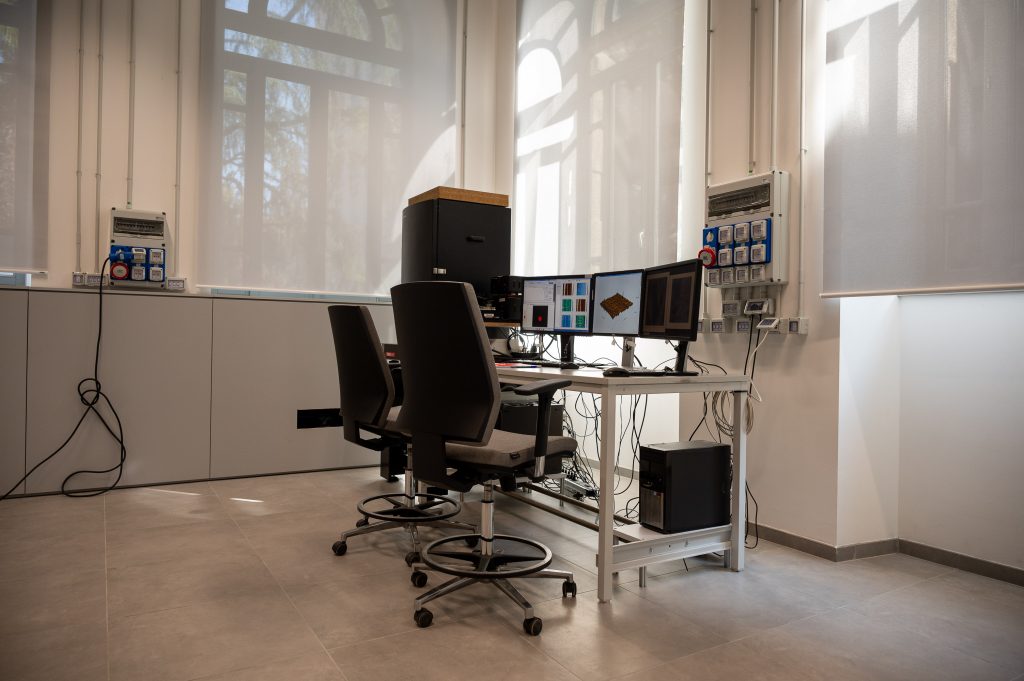

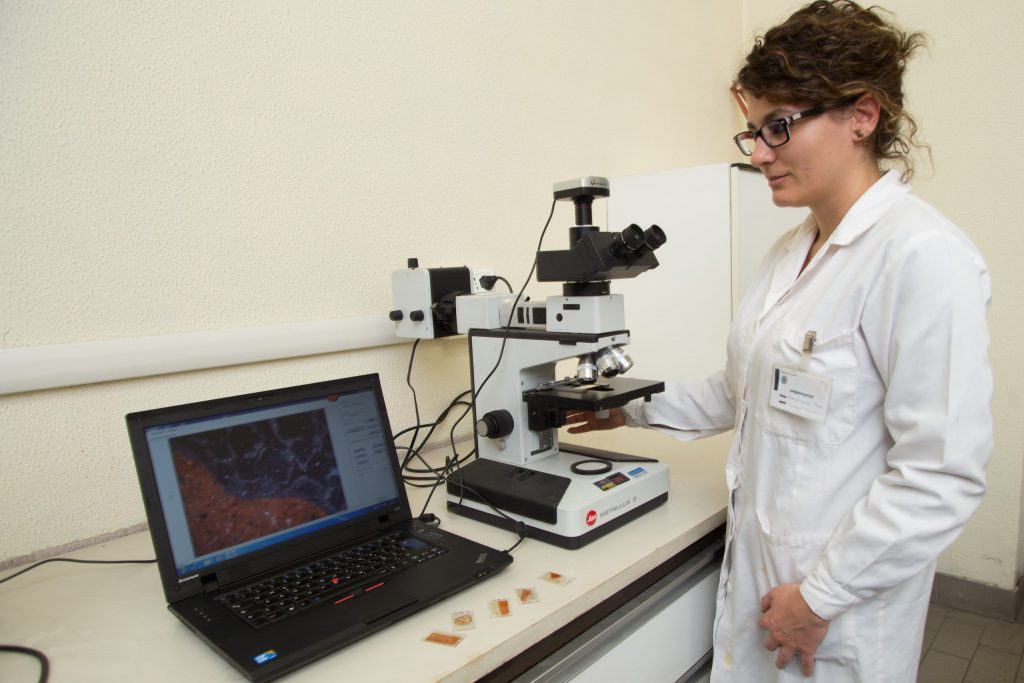
"We needed to gather into a single environment", says Alumnus and professor Attilio Frangi, Head of the Department, "here all skills and expertise coexist that allow us to be one of the key players in the sustainability and renewal of the Italian infrastructure system, be it air, transport or hydraulic infrastructure”. What are the fragilities of the natural and built environment, and what interventions do these laboratory concretely bring into play? "In many situations", Frangi replies, "due to the nature of the materials used and the limitations of the construction methods adopted, transport, energy and water infrastructures are in the final phase of their useful life. They were born fifty to one hundred years ago and need to be relaunched to be able to live another fifty or one hundred years. This means they need true regeneration. Inevitably, we have to modernise or even replace them while we use them, as they are so crucial to our life that we cannot interrupt their operations without affecting the stability of the human settlements that now depend on them. Adding to this demanding challenge for civil and environmental engineers is another challenge: we have to regenerate infrastructure assets while keeping in mind that the building construction world is responsible for about 40 per cent of total greenhouse gas emissions. Infrastructures must not only fulfil a task but also be sustainable, and therefore they must be integrated with the needs of the community and the territory”.
Visiting the laboratories one has the feeling that in these rooms, people are working on the present and future of Italy, are studying and testing scenarios. "There was a time when people funded the construction of an infrastructure without considering what might happen at the end of its life”, Frangi explains, "which is why today our territory is dotted with eco-monsters. Until recently, there were people who designed infrastructures and people who protested against them, and at first glance our Department seems to have two different souls: that of designers who develop the structures and an environmental soul, and they may seem to be opposed to each other. Today, the approach has also changed because of all the tragedies we have experienced in our infrastructure, and since the beginning these two souls have worked together to make the infrastructure, which is necessary and indispensable, compatible with the natural environment in which we live”. “May you give a concrete example of these synergies?” "Today, a civil engineer cannot but also be an environmental engineer, or rather, a civil engineering team cannot but include both civil and environmental engineers working together for the sustainability of the infrastructure based on a life cycle thinking rationale. When you design infrastructure, you must have all phases in mind from the outset: construction, service, refitting, decommissioning. Closely related to this is the issue of life cycle assessment, which is a methodology for assessing the environmental footprint of an intervention throughout its entire life cycle: from the extraction of the raw materials making up the product to product manufacturing, distribution, use and final disposal, including it possible recycling. In one of our numerous ongoing projects, some of our research groups are proposing the reuse of incinerator sludge, which after an inertization and crushing process can be reused to replace aggregates and cement in concrete, thus reducing the consumption of natural resources and cement.
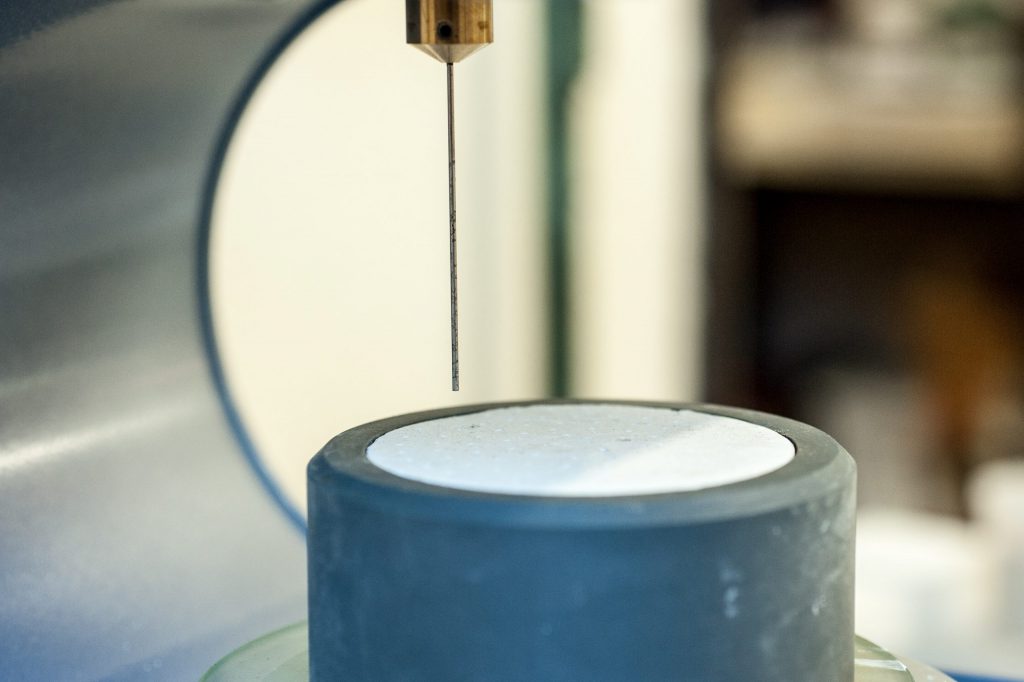
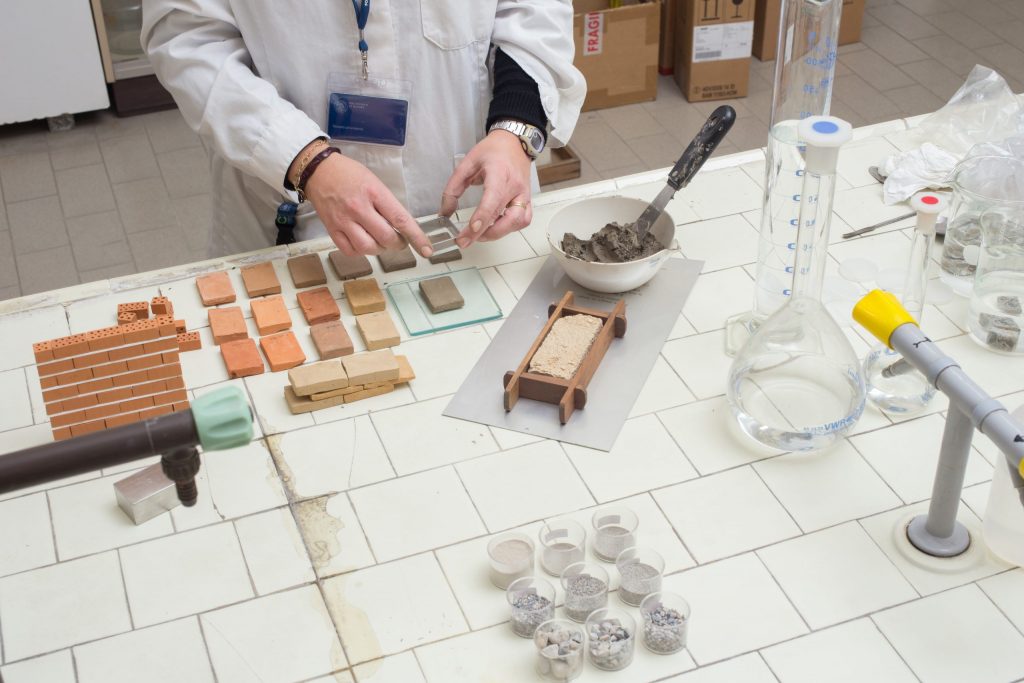
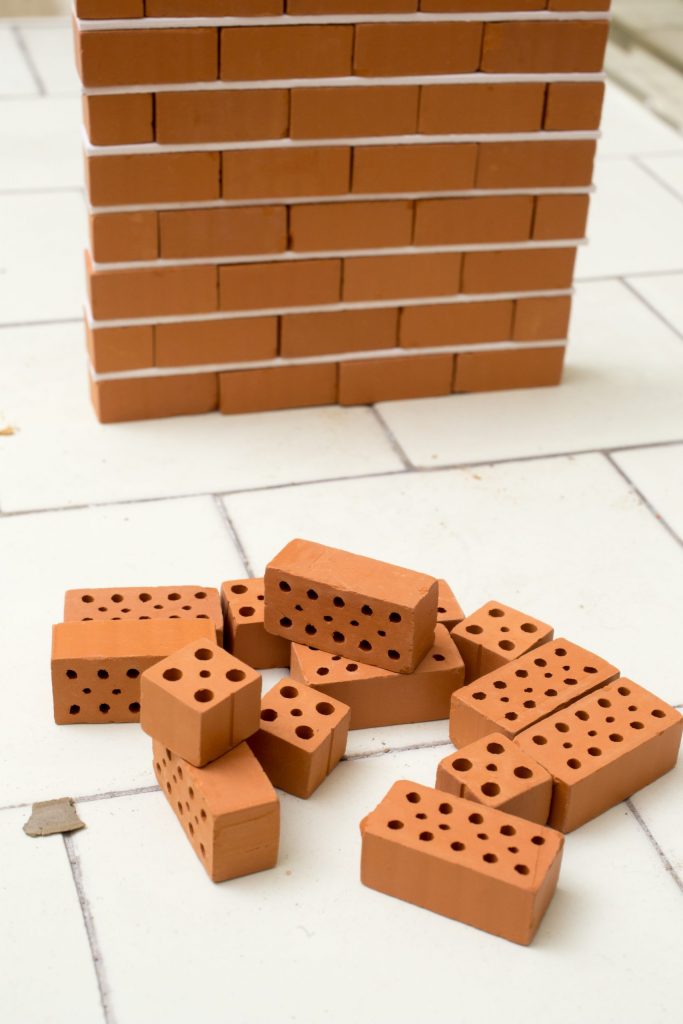
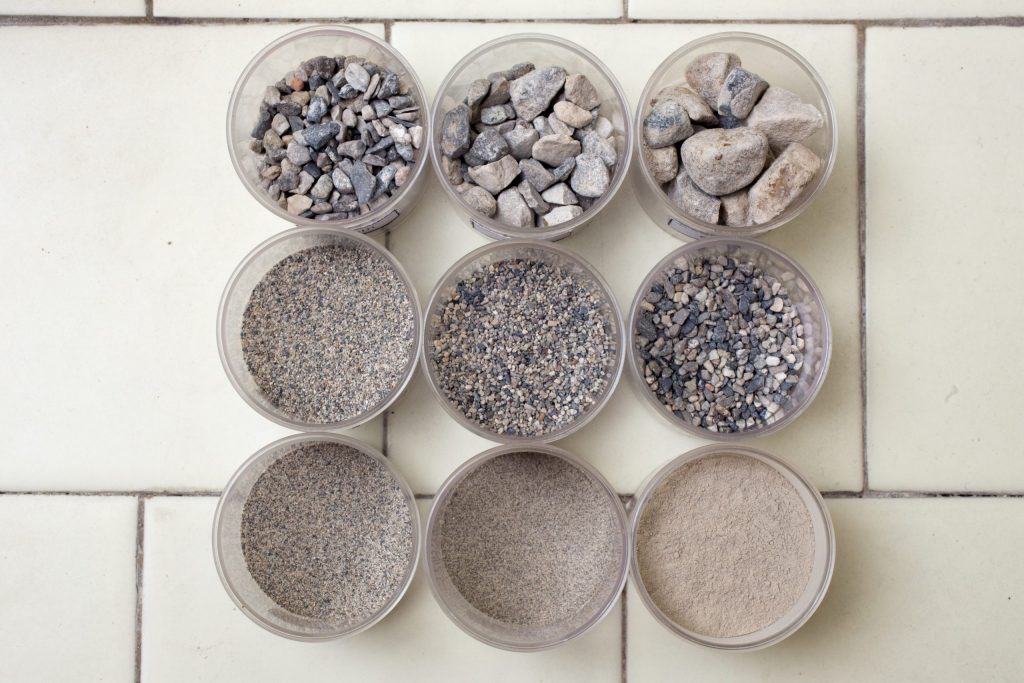

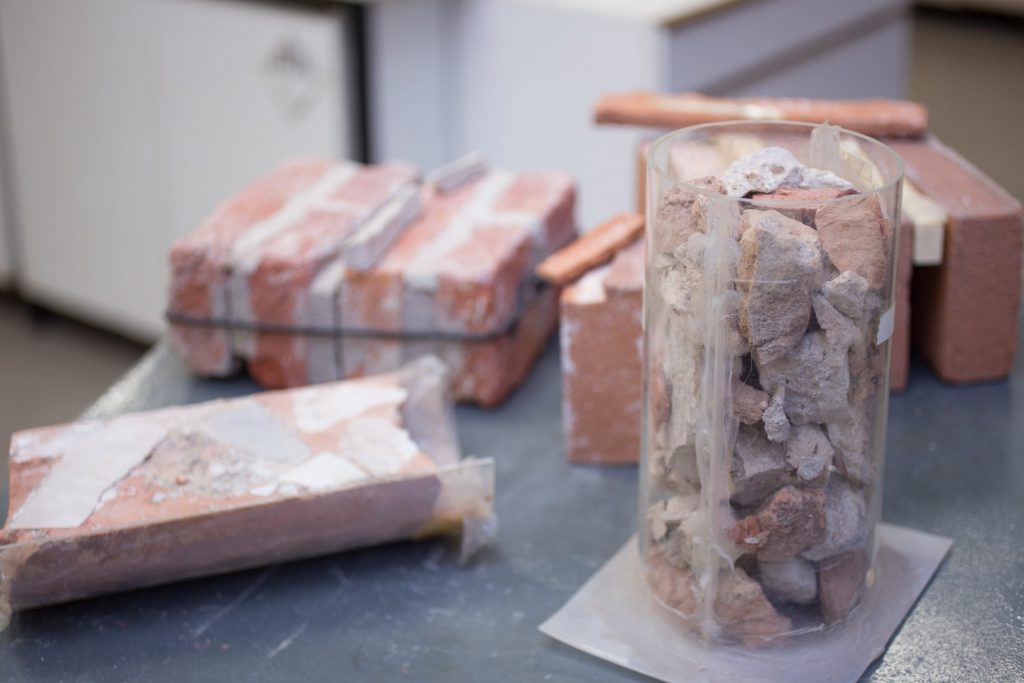
. And this not only for civil infrastructure but also for resource distribution networks and the natural environment. Examples include the reuse of irrigation water and the recovery of nutrients from wastewater. Such work involves environmental expertise, expertise related to the geo-mechanical characterisation of the inertized material, and expertise in the mechanics of materials and structures for assessing the feasibility of their reuse as construction material.
We ask Alumnus Frangi to outline the physical and ideal aspects that are common to all people work-ing in the different laboratories. "They have in common the fact that they are all polytechnical: engi-neers are multifaceted, and in these laboratories a very strong multidisciplinarity emerges which is es-sential to tackle equally multidisciplinary issues and problems”.
Learn more about the features of each lab as told by those who work there every day in MAP 13, the magazine of Politecnico di Milano alumni, at these links::


